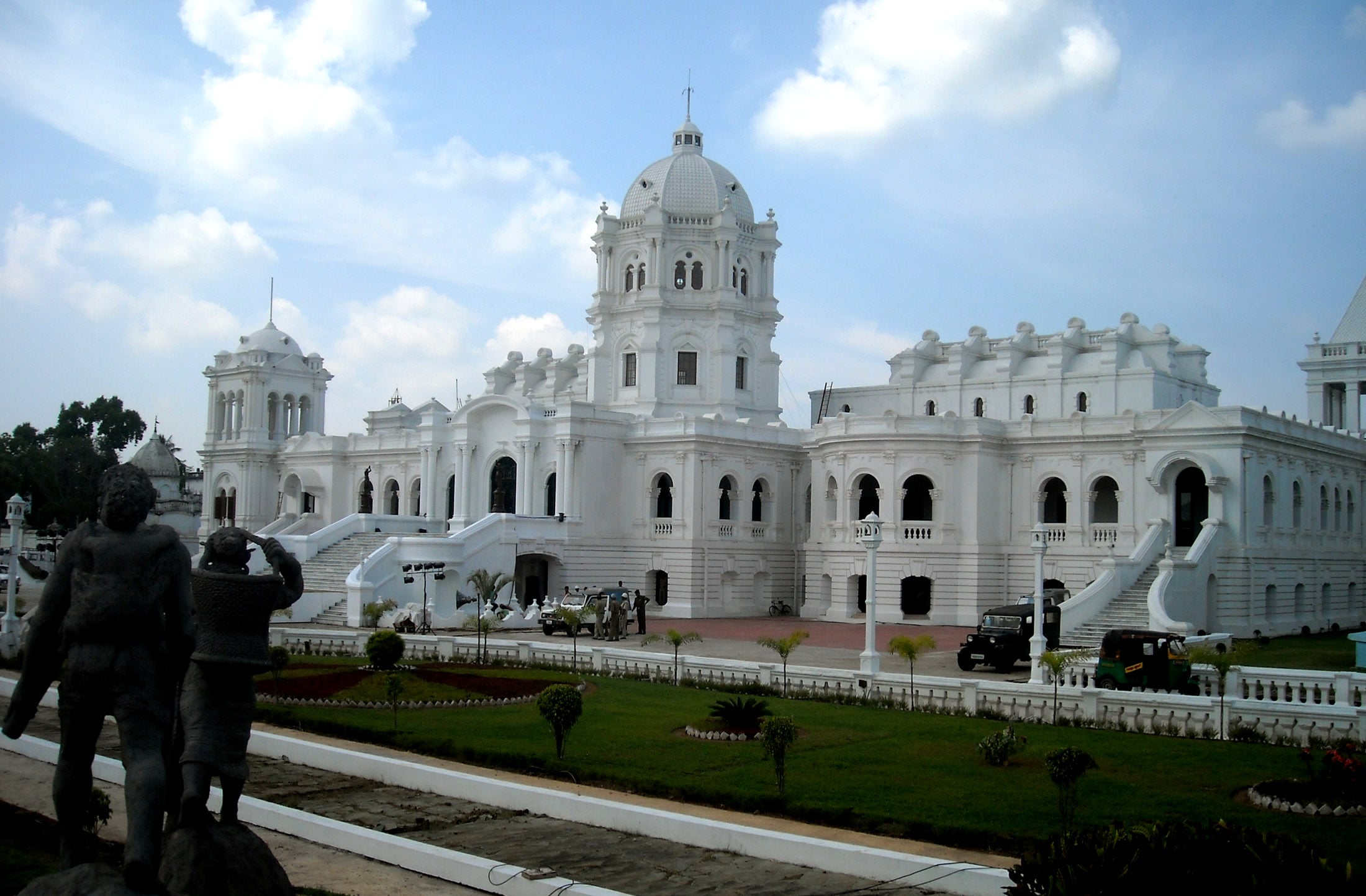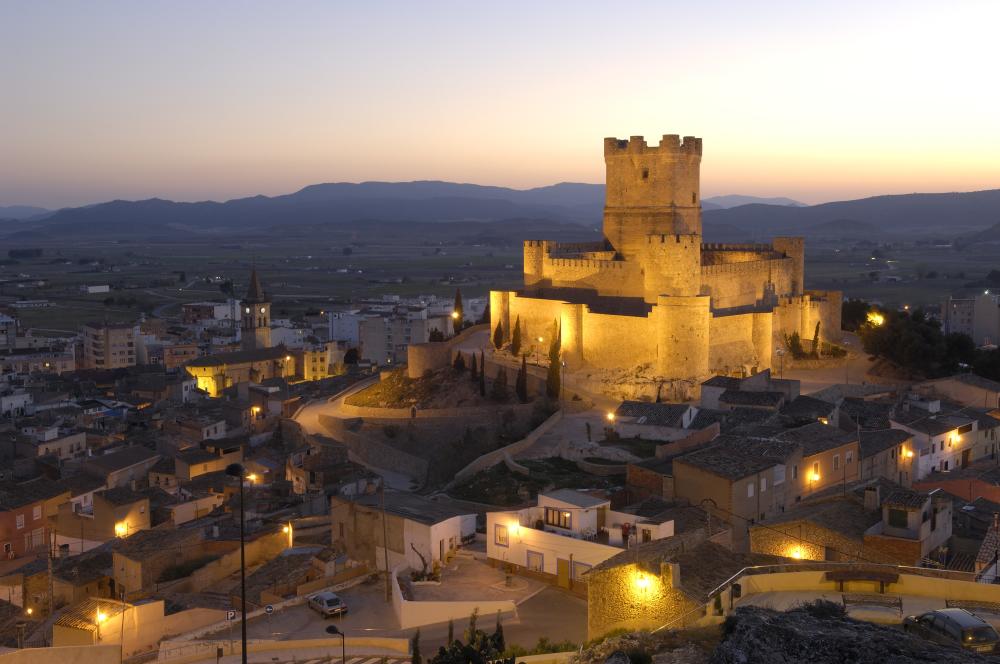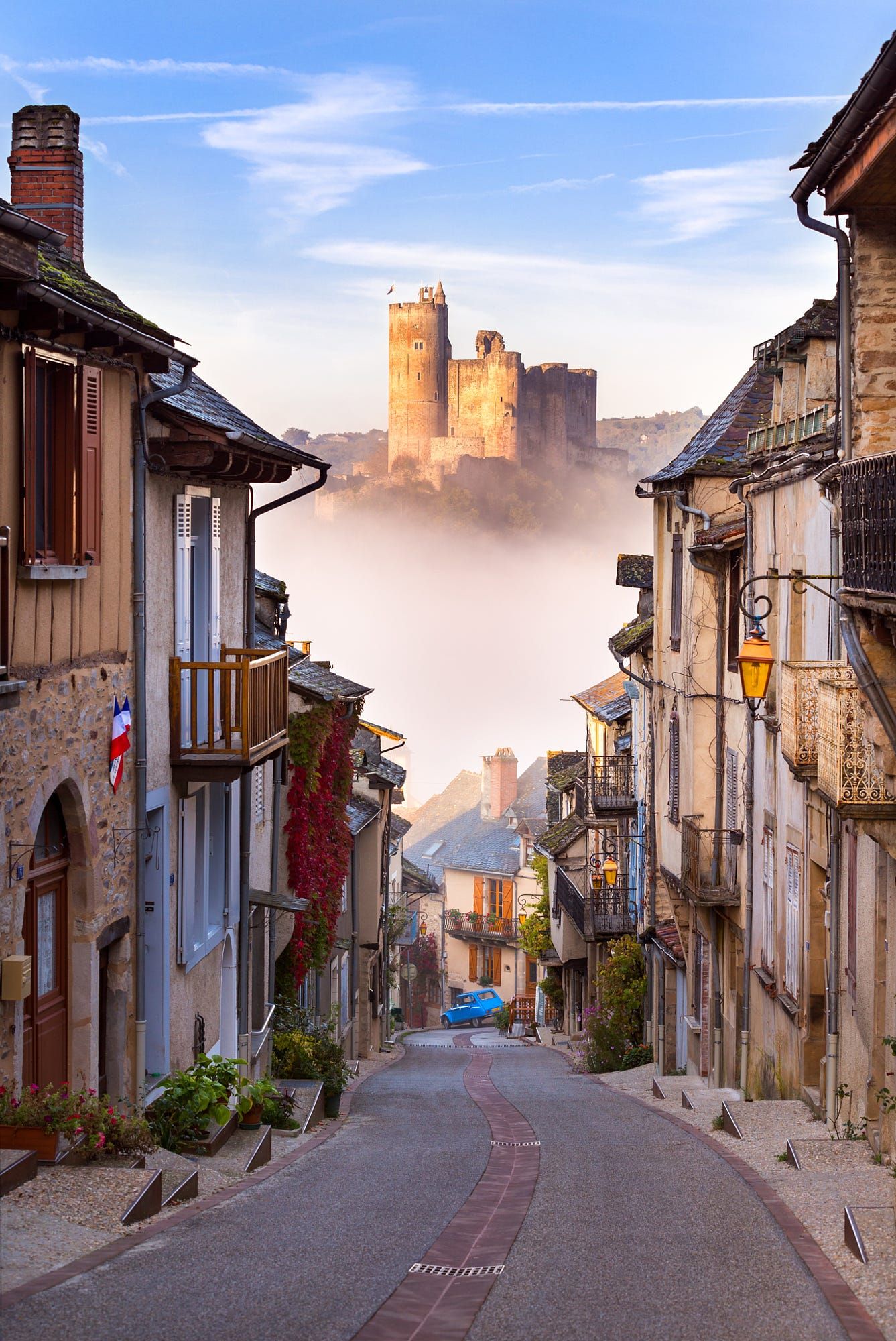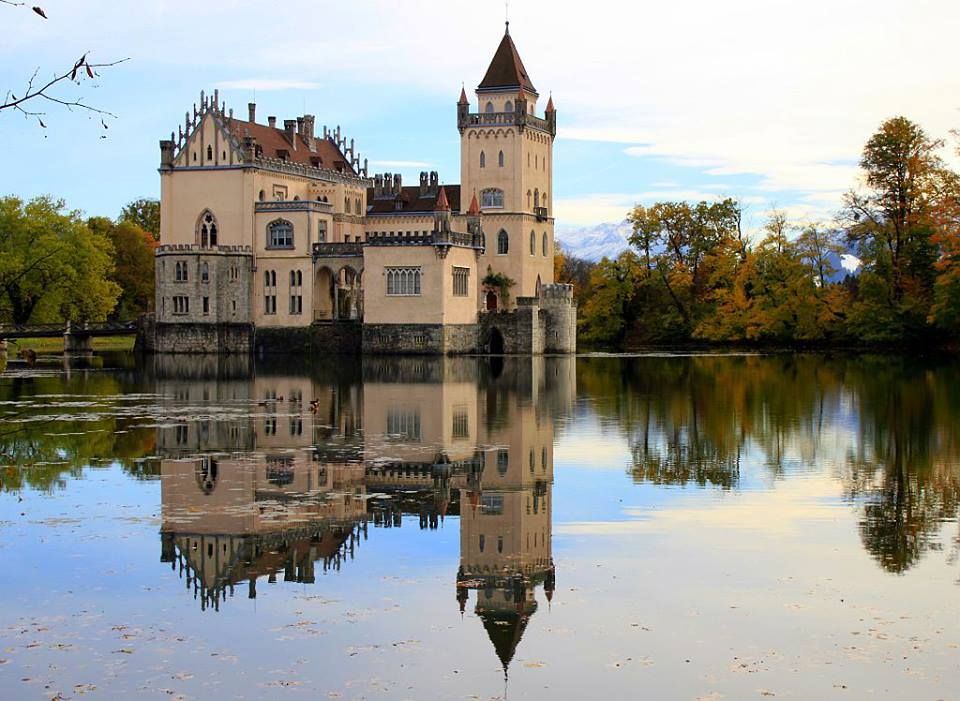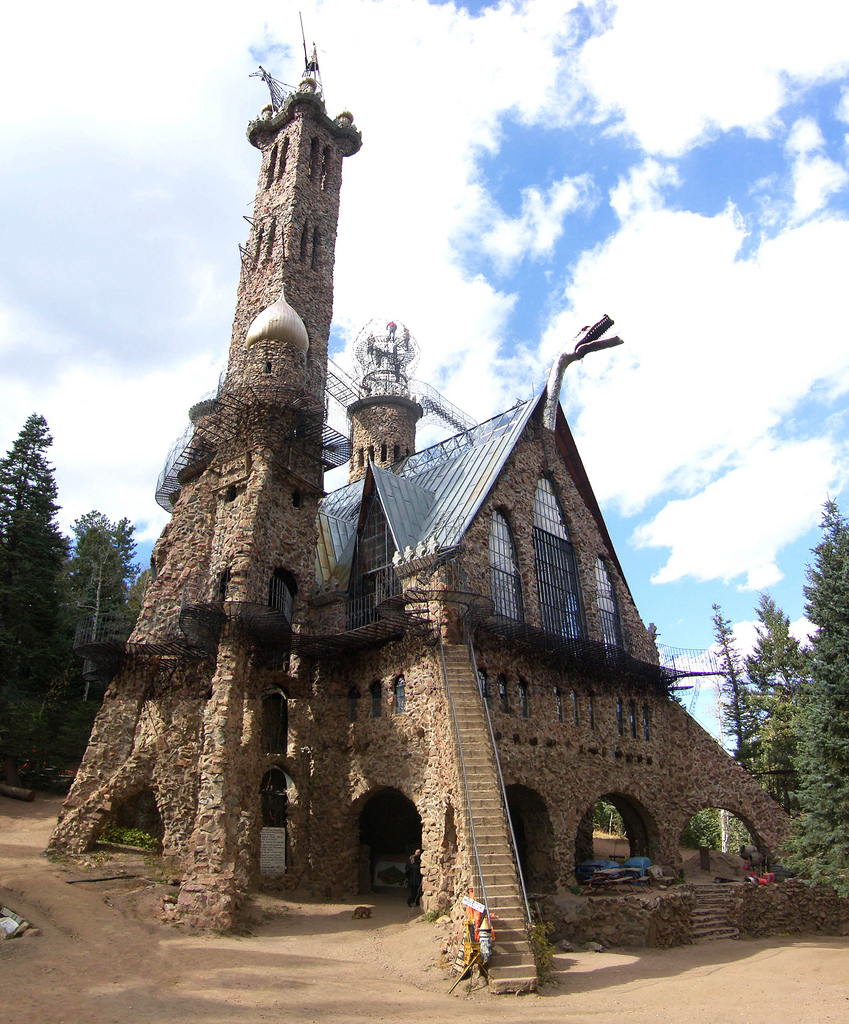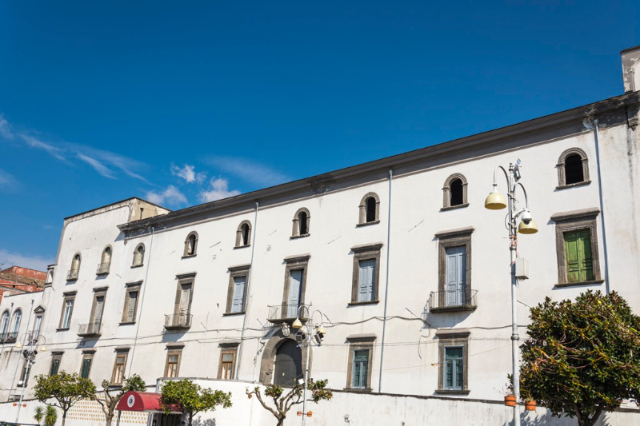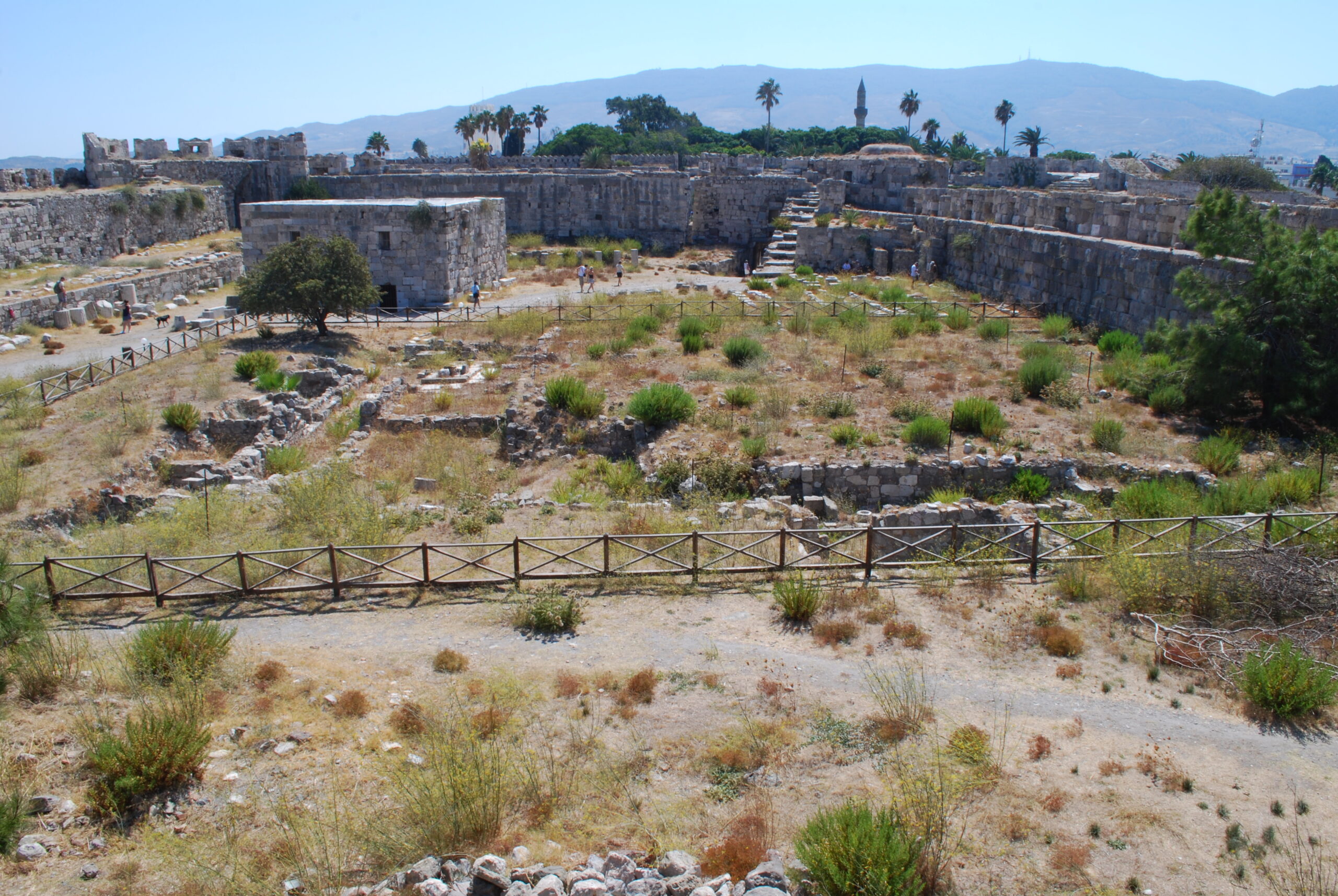Ujjayanta Palace, a name bestowed by the celebrated poet Rabindranath Tagore, stands as a prominent landmark and a key attraction in Agartala, the capital of Tripura. This grand palace, imbued with historical significance, has served various roles throughout its existence, initially as the royal seat of the Manikya dynasty and later as a symbol of Tripura’s transition into Indian democracy in 1949.
Constructed in 1901 by Maharaja Radha Kishore Manikya, after the original palace was devastated in the Assam earthquake of 1897, Ujjayanta Palace showcases an exquisite blend of Hindu, Arabic, and Gothic architectural styles. The construction was undertaken by Martin & Burns Company, making it a significant project of its time. The palace is distinguished by its majestic structure, which includes sprawling courtyards, grand balconies, and a series of Mughal gardens that encapsulate the splendor of the era.
After the accession of Tripura into the union of India, the palace’s role evolved significantly. In 1973, the Tripura Government purchased the palace from the royal family, and it served as the legislative headquarters of the state until 2011. In a move to preserve its historical and cultural significance, a part of the palace was transformed into the Tripura Government Museum in 2013, offering visitors a glimpse into the rich history of the region.
The museum now houses a vast collection of art, including sculptures, paintings, and artifacts that tell the story of Tripura’s heritage, from its princely past under the rule of the Manikya dynasty, dating back to as early as 1400 CE, to its present status within India.
Visiting Ujjayanta Palace offers a deep dive into the cultural fabric of Northeast India, showcasing not just architectural grandeur but also providing a narrative of the region’s complex history and its evolution over centuries. The palace, with its unique design and historical importance, makes for a worthwhile visit for anyone interested in the convergence of architectural styles and the history of Indian princely states.
For those eager to explore more about Ujjayanta Palace and other historical sites of Tripura, consider visiting Secret World for detailed articles and travel guides. To further understand the historical context and architectural significance of the palace, check out this comprehensive guide.

